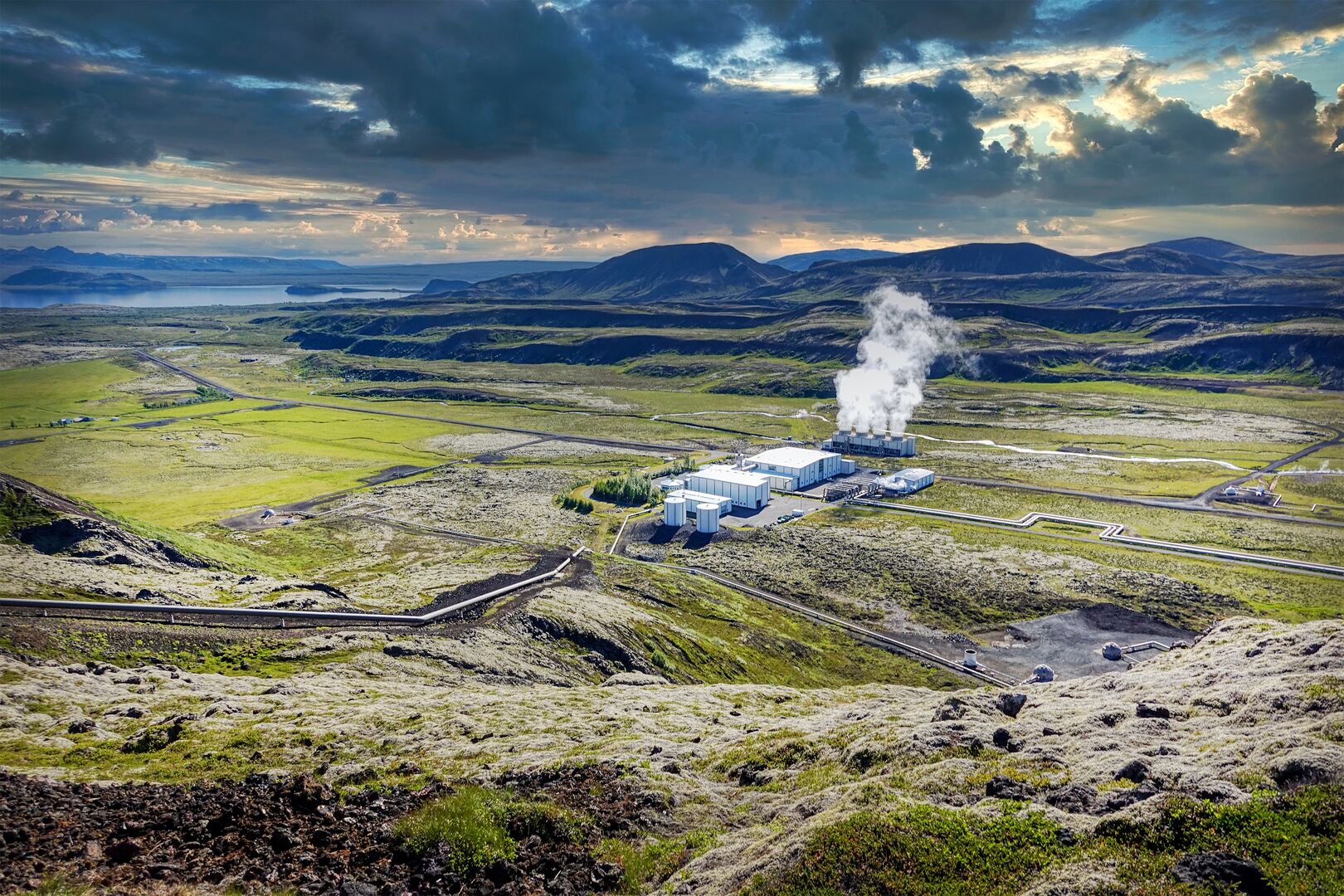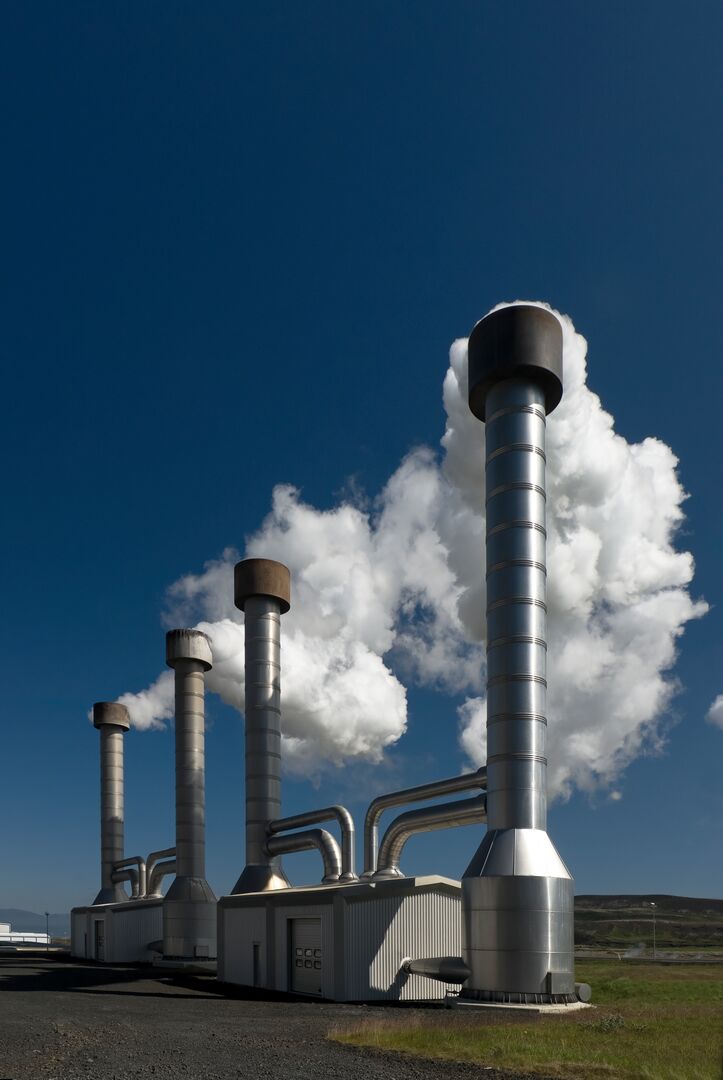The development of enhanced geothermal systems will be critical for successful energy decarbonization. Emerging technologies can unlock its full potential.
Geothermal power is an essential part of our decarbonized future. New technologies and innovative approaches will allow access to previously untapped sources and ensure projects are economically viable. Here are some of the key advances in geothermal technology today.
A holistic approach to geothermal power
Today, Baker Hughes has several off-the-shelf solutions for geothermal energy, and we are investing in integrating emerging technologies with new business models to ensure that projects are commercially sustainable. This is a point of difference for our company – we are not just providing the technology and expertise for geothermal well construction; we also cover the surface systems and link that to the subsurface. When you identify a resource and drill the well to extract the geothermal fluid, you need to convert it either to heat or to power, and they are two different applications.
We are designing a holistic approach to constructing geothermal fields around the resource’s capacity and condition. We do extensive advanced modeling to assess the resource, understand the potential, and design the surface and subsurface systems in line with that. Geothermal well construction is just one part of it. Integrating the technology for the surface and the subsurface systems is critical to ensuring reliable thermal output. This holistic operation means our customers can lower the risk and cost of the whole project, bring it online much faster, and improve the system’s performance.

Solutions driving enhanced geothermal systems
Successful geothermal energy relies on three components: heat, flow rate, and natural permeability, in order to carry the flow and heat through porous media.
When one of those components is missing, we need to bring in technology and create an enhanced geothermal system, or EGS. Perhaps there is not enough fluid or not enough permeability. We use stimulation techniques and use the fluid pressure to artificially create the porous media needed to transmit the heat. It’s similar to the technology we use in unconventional oil and gas projects. In EGS projects, we are using technology to maximize the heat transfer from the reservoir down-hole up to the wellhead. Technology also gives us greater control over managing the reservoir. It lets us optimize the design of the project and manage it long-term. With a proper measurement and control system, we can optimize flow rates, volume, pressure, or change parameters at the surface or in the power plant. That maximizes power output and minimizes risk. It’s not only about profitability, but risk management, too.
Digital is playing an important role in ESG development in a number of ways, including:
- Modeling: We use digital twins to run experiments – instead of trial and error in the field – to gain reservoir insights and optimize the design of the whole system, such as well and turbomachinery design and construction;
- Monitoring and digital systems for surface and subsurface control and sensing. We have downhole and surface sensors, as well as artificial intelligence (AI) capabilities to monitor the performance of the system and equipment to optimize power output;
- Automation: We use advanced automation capabilities for remote drilling, which means we can access remote areas for drilling without sending in field crews. It’s safer because the project is run from the control room, with fewer people on-site. It is also more precise ─ reducing the carbon emissions of our operations overall.
New materials to support unconventionals
Unconventional geothermal resources are key to expanding the geothermal energy ecosystem because the easily accessible resources are limitedSource: https://ec.europa.eu/research-and-innovation/en/horizon-magazine/qa-why…. One of the key components we need to manage in any geothermal project ─ but especially in enhanced geothermal systems and unconventional ones ─ is risk.
The subsurface environment in geothermal energy projects can be very challenging because the chemistry of the brine, or geothermal fluid, is corrosive. There are also very high temperatures and very high pressures in some resources. This places enormous stress on the materials used in down-hole environments, such as casings and pipes. We look for solutions that reduce the risk of failure.
Our Integrated Well Services (IWS) team has developed a number of solutions. We have an automatic vertical drilling system that ensures a perfectly vertical well path, minimizing casing-borehole contact during directional drilling. That’s an automated down-hole solution for well integrity. These same fluids are coming back to the surface, so using non-metallic flexible pipes can reduce the corrosion risk. We have that solution now for the surface, but the piping structures underground could also use non-metallic materials in the future. That is a unique capability in this area.

Supercritical geothermal = fewer emissions + more power
We are working with Alta Rock Energy to develop a project at Newberry Volcano in Oregon, USA, which will be the first super-hot rock geothermal resource. They already have an enhanced geothermal system there, but it has the potential for supercritical geothermal if we go deeper. We have to drill 4-5 km to reach the high-temperature zones, and we will need to bring different technology and techniques to harvest that heat. When we drill one single deep, supercritical well, we can model how much power we could generate from this unconventional well, compared to conventional geothermal. We are looking at ten times more power generated, less CO2 released, and less water used.
Pushing the energy envelope with additive manufacturing
Baker Hughes is a finalist in the American-Made Challenges Geothermal Manufacturing Prize. The project team is proposing an additive-manufactured back-up ring. This is a key component used in high-performance packers in completions for geothermal applications. To cope with the extreme conditions, we used a combination of 3D printing and conventional machining to make components that can cope with up to 450 degrees Fahrenheit and 10,000 PSI.
We are using a combination of existing technology and additive manufacturing to improve the performance of our geothermal products. It can be applied in our drilling system, drill bits, heat exchangers – any part you can name. Additive manufacturing, along with non-metallics, will change the future of enhanced geothermal systems. The team is working on the last stage of the competition and will manufacture an advanced functional prototype with all AM components fully incorporated. The submission deadline is July 2022, and contest winners will be announced around August 2022.
Energy Forward Stories
Sign up to stay up to date on the latest innovations and people shaping the future of our industry.





